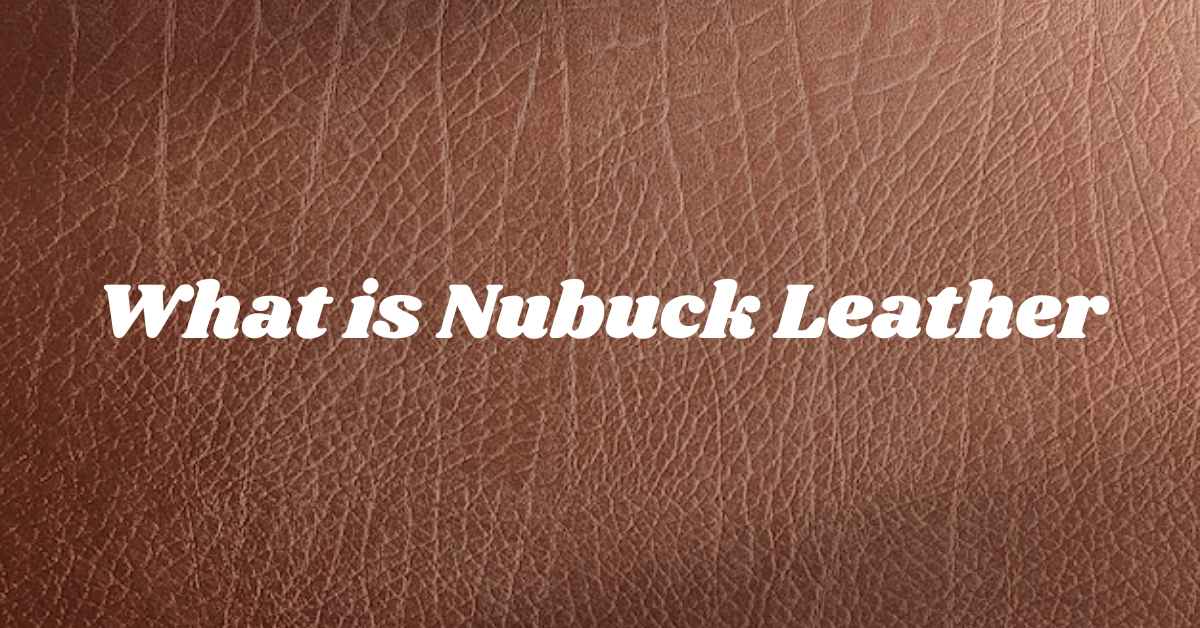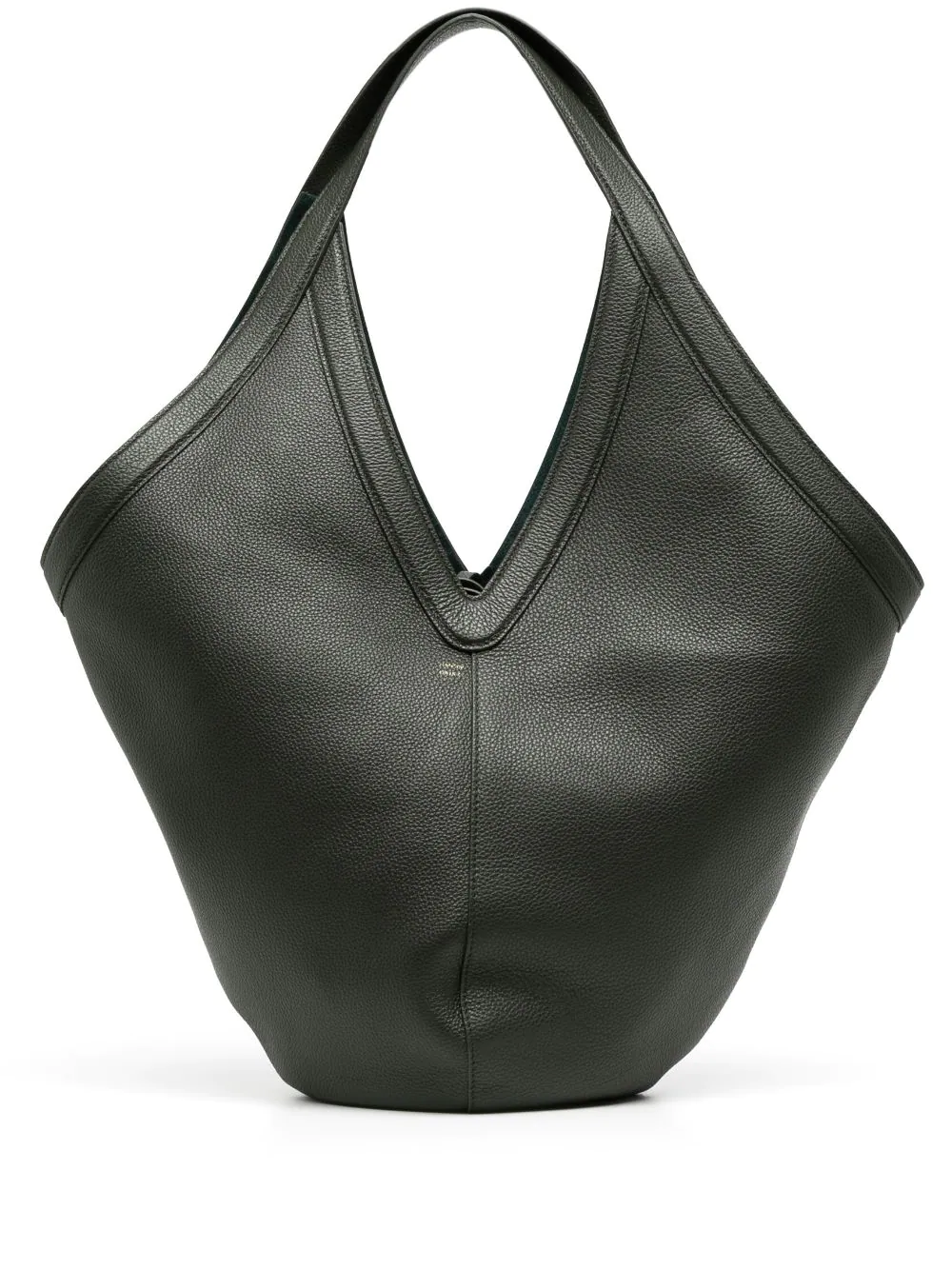Choosing the right fabric for bags depends on durability, cost, aesthetics, and brand identity, with options ranging from leather to nylon and canvas.
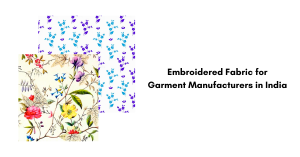
Table of Contents
- The Critical Role of Material Selection in Bag Manufacturing
- Key Factors to Consider When Choosing Bag Fabrics
- A Deep Dive into Natural Materials
- Exploring Synthetic and Alternative Materials
- Material Comparison for Bag Manufacturers
- How to Partner with the Right Manufacturer for Your Material Needs
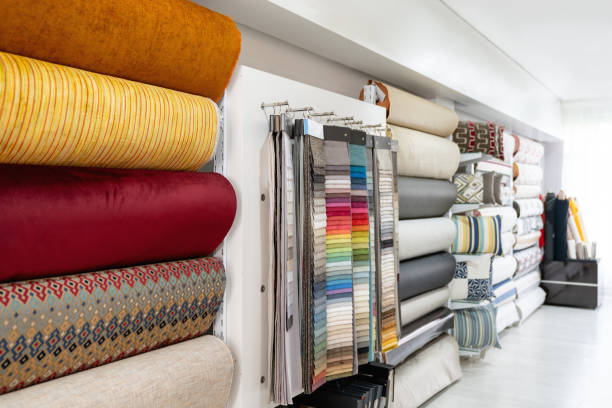
The Critical Role of Material Selection in Bag Manufacturing
The choice of material is one of the most foundational decisions in bag production. It dictates not just the final appearance but also the product’s lifespan, function, price point, and perceived value. For bag manufacturers and the brands they serve, understanding the nuances of different textiles is paramount. The fabric is the very essence of the product; it determines how a bag drapes, how it wears over time, and how it resonates with a target audience. A material that feels luxurious can elevate a simple design, while a rugged, weather-resistant textile can define a bag as a piece of high-performance gear.
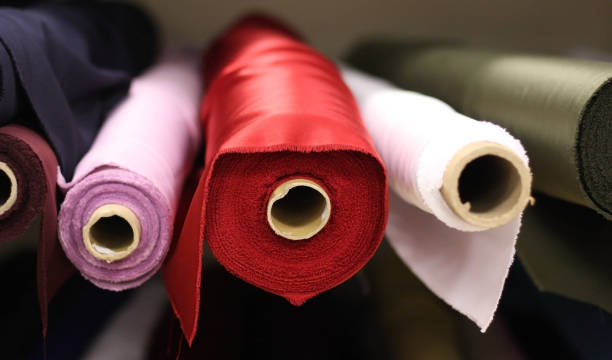
Furthermore, the manufacturing process itself is heavily influenced by the chosen fabric. Some materials require specialized machinery, skilled labor, or specific handling techniques, all of which impact production timelines and costs. A material’s workability—how easily it can be cut, sewn, and finished—is a critical consideration for efficient, scalable production. Therefore, a deep knowledge of these raw materials is not just a design concern; it is a core business competency for any successful bag brand.
Key Factors to Consider When Choosing Bag Fabrics
Before diving into specific materials, it’s essential to establish a framework for evaluation. What criteria should guide your selection process? The ideal fabric choice strikes a balance between your design vision, your customer’s expectations, and your business objectives. Asking the right questions upfront ensures the final product aligns perfectly with your brand’s promise.
Durability and Strength
A bag’s primary function is to carry items, so its ability to withstand wear and tear is non-negotiable. Durability is a multifaceted concept. It includes abrasion resistance (withstanding friction), tensile strength (resisting tearing under tension), and seam strength. For synthetic fabrics like nylon and polyester, this is often measured in denier (D), a unit that indicates the thickness of the individual fibers. A higher denier, such as 1050D ballistic nylon, signifies a much more robust fabric than a 200D polyester. For natural fibers like cotton canvas, strength is often related to its weight, measured in ounces per square yard or grams per square meter (GSM).
Aesthetics and Brand Identity
What does your brand stand for? Is it luxury, utility, sustainability, or affordability? The material is a primary vehicle for communicating this identity. The rich texture and natural grain of full-grain leather immediately signal premium quality and craftsmanship. In contrast, the clean, technical look of ripstop nylon communicates performance and modernity. The color, texture, sheen, and drape of a fabric all contribute to the bag’s visual and tactile appeal, creating an emotional connection with the consumer.
Weight and Usability
The inherent weight of the fabric is a crucial factor in the end-user’s experience. A heavy material like thick leather or dense canvas might be perfect for a durable briefcase but would be impractical for a large travel backpack where every ounce counts. Lightweight materials like nylon and some polyesters are ideal for travel gear, athletic bags, and foldable shoppers. The intended use of the bag must always inform the weight consideration. An evening clutch can afford to use heavier, more decorative materials, while an everyday tote needs to be light enough to be carried comfortably for hours.
Cost and Production Scalability
Raw material cost is a significant driver of the final product’s price. However, the analysis cannot stop there. Manufacturers must also consider the cost of production associated with each fabric. Does the material require special cutting tools? Does it fray easily, requiring extra finishing steps? Is it difficult to sew, slowing down the production line? Answering these questions is vital for scalability. A fabric might be inexpensive to purchase per yard but costly to manufacture in large quantities, making it a poor choice for a mass-market product.
Sustainability and Sourcing
Modern consumers are increasingly conscious of the environmental and ethical impact of their purchases. This has made sustainable sourcing a key consideration for many brands. This can mean choosing natural, renewable fibers like organic cotton or linen, using recycled materials like rPET (recycled polyester), or opting for leathers tanned with vegetable-based agents instead of heavy metals. Transparency in the supply chain and choosing materials with a lower environmental footprint can be a powerful brand differentiator.
A Deep Dive into Natural Materials
Natural materials have been used in bag making for centuries, prized for their unique aesthetics and inherent durability. They often develop a character over time that synthetic materials cannot replicate, making them a popular choice for heritage and luxury brands.
Leather: The Timeless Standard
Leather is synonymous with quality and longevity. As a material, it is exceptionally strong, and its appearance often improves with age, developing a unique patina. The main types relevant to high-quality bags are:
- Full-Grain Leather: The highest quality grade, using the outermost layer of the hide with all its natural imperfections. It is incredibly durable and breathable.
- Top-Grain Leather: The second-highest quality, where the very top surface is sanded to remove imperfections. It is more uniform in appearance and offers excellent durability.
While its cost and weight can be higher than other materials, leather’s value proposition lies in its unparalleled lifespan and premium feel. It is the material of choice for luxury handbags, professional briefcases, and high-end accessories. At Beldtura Leather, we specialize in sourcing and crafting with premium full-grain and top-grain leathers, ensuring each product reflects superior quality and timeless appeal. Our expertise in leatherwork allows us to maximize the potential of this exceptional material for the brands we partner with.
Canvas and Cotton: Versatility and Strength
Canvas, a tightly woven cotton fabric, is another classic choice celebrated for its ruggedness and versatility. Its strength is derived from its plain-weave construction and the weight of the yarn used. Waxed canvas is a popular variant, treated with paraffin or beeswax to provide excellent water resistance, making it ideal for outdoor and utility bags. Cotton is also highly customizable, serving as a great “canvas” for printing, dyeing, and embroidery, allowing for a high degree of brand expression. While standard cotton can be prone to stains and moisture, its affordability, strength, and breathability make it a mainstay for tote bags, backpacks, and casual accessories.
Exploring Synthetic and Alternative Materials
Engineered for performance, synthetic materials offer a range of properties that can be tailored to specific applications, from extreme durability to ultra-lightweight construction. They are often more cost-effective and offer greater consistency than natural fibers.
Nylon: The Modern Workhorse
Developed as a substitute for silk, nylon is a synthetic polymer known for its exceptional strength-to-weight ratio. It is a top choice for products where durability and low weight are critical. Common types include:
- Ballistic Nylon: Originally developed for anti-fragmentation jackets, this thick, tough nylon has a high denier and excellent abrasion and tear resistance. It’s ideal for luggage and heavy-duty backpacks.
- Ripstop Nylon: This lightweight fabric has a grid of reinforcement threads woven into it, which prevents small tears from spreading. It is perfect for packable bags and outdoor gear.
Nylon’s slick surface and resistance to water make it a practical, low-maintenance choice for a wide variety of bags, from high-performance backpacks to everyday messenger bags.
Polyester: The Cost-Effective Choice
Polyester is another ubiquitous synthetic fabric that shares many properties with nylon but is generally less expensive. It is highly resistant to stretching, shrinking, and chemicals. One of its key advantages is its exceptional ability to hold vibrant, printed colors, making it a favorite for bags with complex graphics or patterns. While not typically as durable as a comparable nylon, it offers excellent UV resistance, preventing fading from sun exposure. Recycled polyester (rPET), made from plastic bottles, is also a readily available sustainable option.
Vegan Leather (PU & PVC): The Ethical Alternative
For brands seeking the look of leather without using animal products, vegan leathers are a compelling option. The two main types are:
- PU (Polyurethane): This material is softer, more flexible, and more breathable than its counterpart. It more closely mimics the feel and drape of real leather.
- PVC (Polyvinyl Chloride): PVC is more rigid and extremely durable, often used for more structured bags or as a protective coating.
Vegan leathers offer immense versatility in color, texture, and finish at a fraction of the cost of genuine leather. However, their main trade-off is durability; they do not develop a patina and can be more prone to cracking or peeling over time compared to high-quality real leather.
Material Comparison for Bag Manufacturers
To simplify the selection process, here is a comparative look at the most common bag materials. This table helps to quickly assess which fabric might best suit a specific product’s requirements.
| Material | Durability | Relative Cost | Best For | Key Consideration |
|---|---|---|---|---|
| Full-Grain Leather | Very High | Very High | Luxury Handbags, Briefcases, Premium Goods | Develops a patina; requires skilled craftsmanship. |
| Cotton Canvas | High | Low-Medium | Tote Bags, Casual Backpacks, Duffels | Highly customizable; can be heavy and absorbent unless treated. |
| Nylon (Ballistic/Ripstop) | Very High | Medium-High | Travel Luggage, Backpacks, Tech Gear | Excellent strength-to-weight ratio; water-resistant. |
| Polyester | Medium | Low | Printed Bags, Promotional Items, Linings | Cost-effective and great for printing; less durable than nylon. |
| PU Vegan Leather | Medium | Low-Medium | Fashion Handbags, Accessories, Budget-conscious designs | Offers a leather look at a lower cost; less breathable and durable. |
How to Partner with the Right Manufacturer for Your Material Needs
Selecting the right fabric is only half the battle. The other half is working with a manufacturing partner who has a deep understanding of these materials. An expert manufacturer does more than just assemble a product; they serve as a strategic partner who can provide invaluable input on material sourcing, testing, and application. They understand how a fabric will behave under the stress of daily use and, more importantly, under the needle of a sewing machine.
A proficient partner will have established relationships with reliable tanneries and textile mills, ensuring consistent quality and access to a wide range of options. They can advise on which material provides the best value and performance for your design, potentially identifying alternatives that improve the product or reduce costs. Look for a manufacturer that prioritizes quality control at every stage, from inspecting raw materials upon arrival to testing the seam strength of the final product. A collaborative relationship with an experienced maker is the key to transforming a great material choice into an exceptional finished bag.


